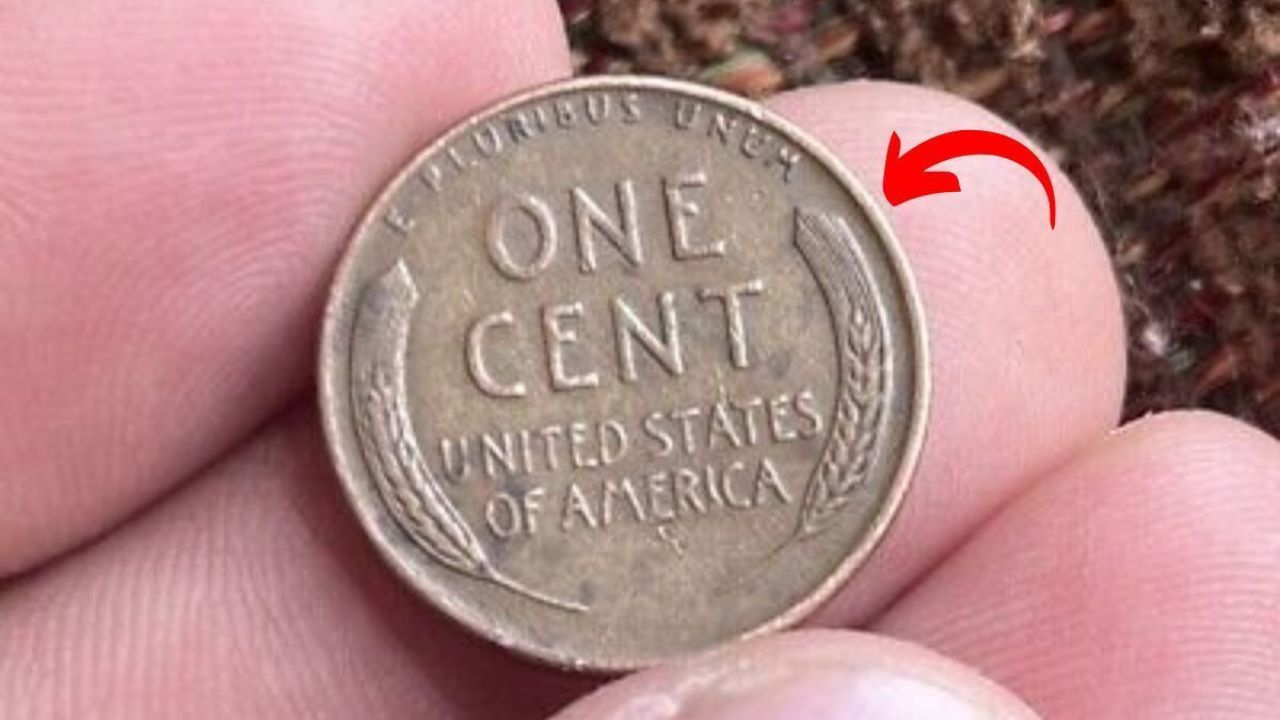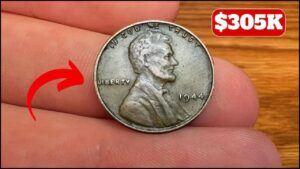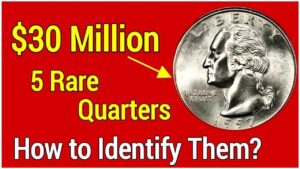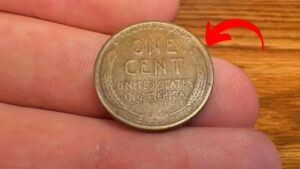You probably don’t think much about the pennies in your pocket or the ones rolling around in your car. But what if one of those tiny coins could be worth nearly a million dollars? Believe it or not, some rare Lincoln Wheat Pennies have sold for as much as $950K! Even better, some of these valuable coins might still be hiding in your change. Keep reading to learn how to spot a treasure and why these pennies are so special.
The Story Behind the Lincoln Wheat Penny
A Coin That Made History
The Lincoln Wheat Penny first appeared in 1909, and it was a big deal. For the first time, a U.S. coin featured a real person—President Abraham Lincoln—celebrating 100 years since his birth. Designed by Victor David Brenner, the penny has Lincoln’s face on one side and two wheat stalks on the back, symbolizing America’s farming heritage. It’s more than just a coin; it’s a piece of American pride.
Why Are Some Pennies So Valuable?
Rarity and Condition Are Key
Most Lincoln Wheat Pennies are worth just a few cents, but certain ones are like hidden gems. Their value comes from three things: rarity, historical importance, and how well-preserved they are. Rare coins, especially those with mistakes or from limited batches, can fetch huge prices at auctions. Collectors love coins in great condition because they’re like time capsules of history.
Famous Pennies to Look Out For
The 1943 Copper Penny
During World War II, the U.S. Mint switched to steel for pennies to save copper for the war effort. But a few copper pennies were accidentally made in 1943. These super-rare coins are now worth over $1.5 million each! If you find one, it’s like striking gold.
The 1909-S VDB Penny
Another prized coin is the 1909-S VDB, one of the first Lincoln Wheat Pennies made in San Francisco. It has the designer’s initials (V.D.B.) on the back and was produced in very small numbers, making it a collector’s dream.
How to Spot a Valuable Penny in Your Change
Check the Date and Mint Mark
Want to know if you’re holding a fortune? Start by looking at the date on your penny. Key years to watch for include 1909, 1914, 1922, and 1943. Next, check for a small letter under the date:
- S: Minted in San Francisco (rarer coins).
- D: Minted in Denver (also valuable).
- No letter: Minted in Philadelphia (more common).
Condition Matters
A shiny, crisp penny is worth much more than one that’s scratched or worn. Look for coins with clear details, like Lincoln’s face or the wheat stalks, to know if it’s in great shape.
Real-Life Penny Treasure Stories
What makes these coins so exciting is that they’ve been found in everyday places! People have discovered valuable pennies in bank rolls, old jars, or even at flea markets. Imagine finding a penny in your couch cushions worth more than a fancy car—it’s happened before, and it could happen to you!
What to Do If You Find a Rare Penny
Handle It Carefully
If you think you’ve got a valuable penny, treat it like a delicate treasure. Hold it only by the edges to avoid smudging it with fingerprints. Store it in a protective coin sleeve or holder to keep it safe.
Get It Checked by Experts
Don’t get too excited yet—have your coin checked by professionals. Trusted coin dealers or grading services like PCGS can confirm if it’s real and tell you its value. This step is crucial to avoid fakes.
Why These Pennies Keep Getting More Valuable
A Shrinking Supply
Every year, fewer rare Lincoln Wheat Pennies are out there. Some get lost, others get damaged, making the surviving ones even more precious. As more people get into coin collecting, demand for these coins keeps growing. They’re not just money—they’re tiny pieces of America’s past.
Conclusion: Your Next Penny Could Be a Jackpot
The next time you see a penny on the ground, don’t just walk by—pick it up and take a closer look. That little coin could be worth a fortune. By checking the date, mint mark, and condition, you might uncover a rare Lincoln Wheat Penny that’s been hiding in plain sight. So, dig through your change jar, check your pockets, and start your treasure hunt today!




